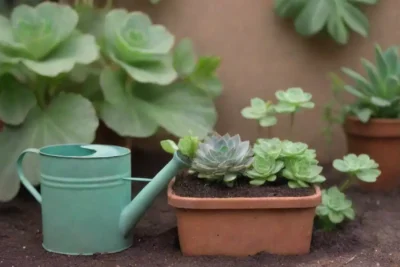
Watering Your Succulents: The Best Tools and Equipment to Use

Introduction
Succulents are beloved by many for their unique and diverse appearances, coupled with their low maintenance requirements. These hardy plants store water in their leaves, making them ideal for those who might not have a green thumb or struggle with overwatering. However, understanding how to properly care for your succulents goes beyond just providing sunlight. One of the most crucial aspects of succulent care is knowing how to water them effectively. In this article, we will delve into the best tools and equipment you can use for watering your succulents, ensuring they thrive in their environments.
Proper watering techniques not only enhance the health of your succulents but also maximize their growth potential. This article will cover a range of tools suited for various types of succulent plants, from small indoor varieties to larger outdoor specimens. By the end, you'll be equipped with the knowledge necessary to choose the right equipment, significantly improving your succulent care routine.
Understanding Succulent Watering Needs
The first step to effectively watering your succulents is understanding their unique watering needs. Unlike other houseplants, succulents do not require frequent watering due to their ability to store water. Generally, the frequency of watering depends on several factors including the type of succulent, environmental conditions, potting soil, and the size of the pot. Most succulents thrive on a "soak and dry" method, where you water deeply and allow the soil to dry out completely before watering again.
Watering schedules might vary with the seasons. For instance, during the summer, when succulents are actively growing, you may need to water them more frequently—perhaps every 1-2 weeks. Conversely, during the winter dormancy phase, watering can be reduced to once a month or even less, depending on the light and temperature conditions. Moreover, different species might have their unique characteristics; for example, Echeveria and Aloe typically prefer slightly different watering routines.
Furthermore, the potting mix is essential in determining watering needs. A well-draining potting mix allows excess water to escape quickly, reducing the risk of root rot. This means that while selecting your watering tools, it's also essential to consider the compatibility of the tools with the watering method suitable for your succulent's potting medium.
Essential Tools for Watering Succulents
1. Watering Can
A watering can is a classic choice for plant care, and it remains a pivotal tool for succulent owners. However, it is vital to select the right type of watering can. Opt for a can equipped with a long, narrow spout. This design allows you to reach into tight spaces and water individual plants directly without oversaturating the soil.
When using a watering can, practice the "soaking" method where you pour water directly at the base of the succulent until you see water draining from the bottom. This technique ensures that the roots receive adequate moisture while preventing the crown of the plant from sitting in water, which can lead to rotting.
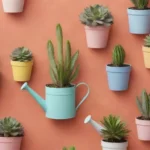 How to Water Outdoor Succulents: Seasonal Considerations
How to Water Outdoor Succulents: Seasonal ConsiderationsMoreover, investing in a smaller watering can (1-2 liters) is often beneficial for indoor succulents or smaller plants. Larger watering cans can be more challenging to control, creating the potential for overwatering, especially if you're just starting out.
2. Plant Mister
A plant mister is an incredibly useful tool when it comes to maintaining the humidity levels around your succulents. While succulents do not require high humidity, misting can be beneficial in certain circumstances. For instance, if you have recently repotted a succulent or if you're trying to propagate leaf cuttings, a light misting can prevent the leaves from drying out too quickly.
When choosing a plant mister, look for options that spray a fine mist rather than a heavy spray, which might saturate the soil too much. Misting should be done sparingly, ideally during humidity-boosting sessions rather than as a regular watering method.
Additionally, herbaceous succulents like Haworthia or Sempervivum may appreciate a light misting during the hottest months. However, be cautious not to overdo it, as excess moisture can invite fungal infections.
3. Drip Tray
While not a direct watering tool, a drip tray is essential for managing excess water effectively. When watering your succulents, ensure that they are placed above a tray designed to catch any draining water. This helps in preventing water from pooling and facilitates a healthier environment for the plants.
Drip trays can be particularly useful for indoor succulents, as they catch excess moisture and prevent damage to your furniture or indoor structures. Using a tray allows you to easily monitor how much water your plants are absorbing. If you notice that the tray remains full for several days, it may be a sign that your potting mix retains too much moisture and water needs to be applied more cautiously.
Using trays with a small edge can also be effective; it allows for ease of watering and drainage while still replenishing the soil as necessary, which is especially beneficial during growing seasons when the plants require more water.
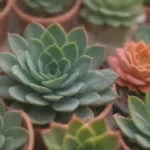 The Best Time of Day to Water Your Succulents: Tips Revealed
The Best Time of Day to Water Your Succulents: Tips RevealedAdditional Tools Enhancing Your Watering Routine
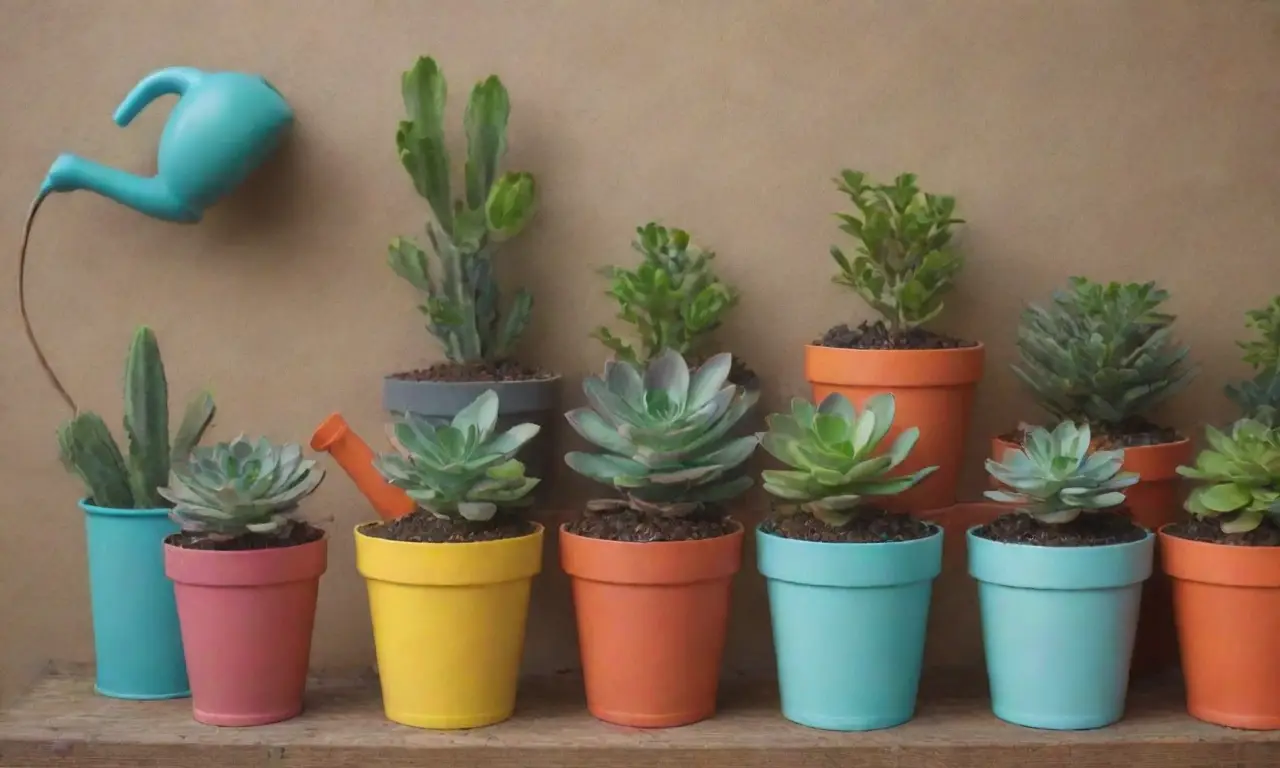
1. Soil Moisture Meter
A soil moisture meter can be an invaluable tool for succulent care, especially for beginners or those who prefer a hands-on approach to plant care. These meters allow you to gauge the moisture levels in the soil, indicating whether it is time to water or if the soil remains adequately saturated. By inserting the meter's probe into the soil, you can quickly and accurately assess moisture at different depths.
Utilizing a moisture meter can significantly reduce the risk of overwatering, which is the most common mistake made by succulent growers. Most succulents prefer drier conditions, so ensuring that your soil has adequate time to dry out is crucial.
It's also important to note that moisture meters vary from basic models to more sophisticated devices with multiple zones for reading moisture levels. As a beginner, a simple moisture meter with a reading scale from dry to moist can be a solid choice, giving you a reliable indication of when to water your succulents.
2. Funnel
A funnel is a simple yet effective tool, especially when you're watering succulents in larger pots or when using a watering can with a narrow spout. A funnel can help direct water straight to the base of your succulents without causing spills or oversaturation on the leaves or soil surface.
When you are watering cactus varieties or other succulents that are sensitive to excess water on the leaves, a funnel can prevent mishaps. Additionally, the use of a funnel allows for better control of the amount of water you distribute, helping you maintain the right moisture levels for each plant.
3. Hydroponic Sprayer
Though less common, a hydroponic sprayer offers an efficient way to hydrate your succulents, particularly if you are working with a large collection. Hydroponic sprayers enable you to deliver water in a fine mist, which can be adjusted according to the needs of your plants.
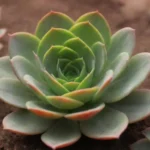 Do Succulents Need More Water in Summer? Myths Debunked
Do Succulents Need More Water in Summer? Myths DebunkedUsing hydroponic technology minimizes waste and ensures that your succulents receive moisture at the appropriate rate. This is particularly advantageous in commercial settings or during the growing season, where optimal conditions must be maintained for healthy cultivation.
Conclusion
Watering your succulents is more than just pouring water into a pot; it is an art that blends understanding plant needs with using the right tools and equipment. By equipping yourself with a quality watering can, a precision plant mister, and functional accessories such as drip trays, moisture meters, and funnels, you can ensure that your succulent plants receive the best care possible.
Additionally, being mindful of the unique moisture requirements associated with each type of succulent allows you to tune your watering habits to match their specific environments. Remember, healthy succulents thrive on consistent, mindful watering techniques, and the right equipment will undoubtedly facilitate this process.
Incorporating these tools into your succulent care routine will help you avoid the common pitfalls of overwatering and root rot, leading to flourishing, vibrant plants. With a little knowledge and perseverance, you can cultivate a thriving collection of succulents that brings beauty and joy to your home. Happy gardening!
If you want to read more articles similar to Watering Your Succulents: The Best Tools and Equipment to Use, you can visit the Watering needs category.

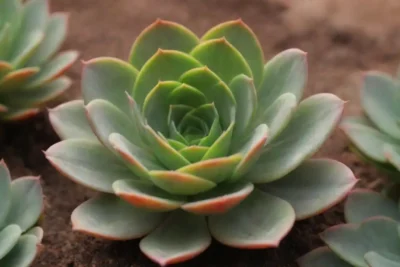
You Must Read